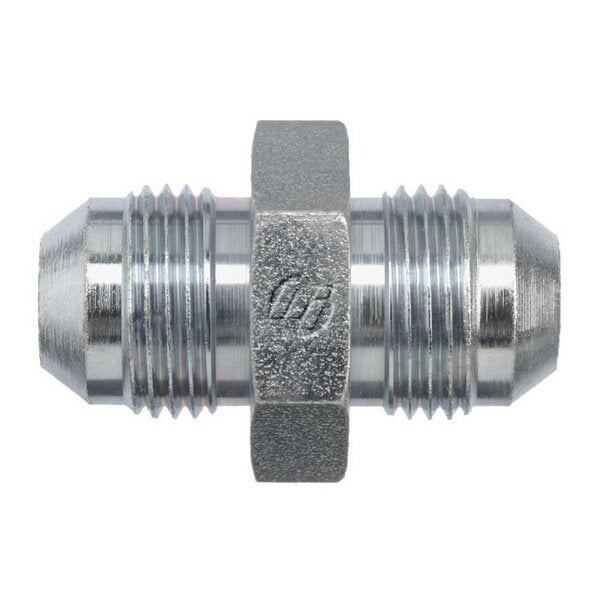JIC fittings (Joint Industry Council) are a type of hydraulic fitting widely used in various industries, including agriculture, construction and manufacturing. These fittings are popular due to their high-pressure rating, excellent seal and ease of installation. They are a type of compression fitting with parallel threads, a 37-degree flare seating surface and are specified by SAE J514. However, before installing JIC fittings, it is essential to understand how to measure them correctly. In this blog post, we will explain how to measure JIC fittings in a simple and easy-to-understand manner.
Determine the JIC thread size
The first step in measuring JIC fittings is to determine the thread size. JIC fittings come in various sizes, from 1/8 inch to 2 inches, and the thread size is expressed in inches. To choose the thread size, you need to measure the male thread's outside diameter (OD) or the female thread's inside diameter (ID).
For male threads, you need to measure the OD of the threaded portion of the fitting using a caliper or a thread gauge. Make sure to measure the thread at the widest point. The thread gauge has a range of thread sizes, so you can quickly identify the size of the JIC fitting.
For female threads, you need to measure the ID of the threaded portion of the fitting using a caliper or a thread gauge. Again, measure the thread at the widest point to ensure accurate measurements.
Count the number of threads
The second step is to count the number of threads per inch. This measurement is also known as the thread pitch. The thread pitch is the distance between two adjacent threads and is expressed in threads per inch (TPI).
To measure the thread pitch, you can use a thread gauge or a thread pitch gauge. A thread gauge has a series of blades with different thicknesses, each representing a specific TPI measurement. Slide the gauge over the threads and choose the blade that fits perfectly into the threads. This blade will tell you the TPI measurement of the fitting.
Identify the JIC fitting type
The third step is to identify the JIC fitting type. JIC fittings come in two types: male and female. A male JIC fitting has external threads, while a female JIC fitting has internal threads.
The male JIC fitting has a 37-degree flare seat, creating a metal-to-metal seal when mated with a female JIC fitting. The female JIC fitting has a 37-degree flare seat and a sleeve that compresses onto the male fitting to create a tight seal.
Verify the angle of the flare
The fourth step is to verify the angle of the flare. JIC fittings have a 37-degree flare angle that ensures the fittings mate securely and create a reliable seal.
You can use a flare angle gauge to verify the flare angle. A flare angle gauge has a cone-shaped tool that matches the 37-degree angle of the flare. Place the gauge over the flare and verify that the angle matches the 37-degree standard.
Conclusion
Measuring JIC fittings is a simple process requiring a few essential tools. Following the above steps, you can accurately measure JIC fittings and ensure a proper fit and seal. Remember to measure the thread size, count the number of threads, identify the fitting type and verify the flare angle. By doing so, you can install JIC fittings with confidence and ease.
Learn when to use BSP, JIC, Thrust-Wire and Face Seal Fittings in this BluPrint:

